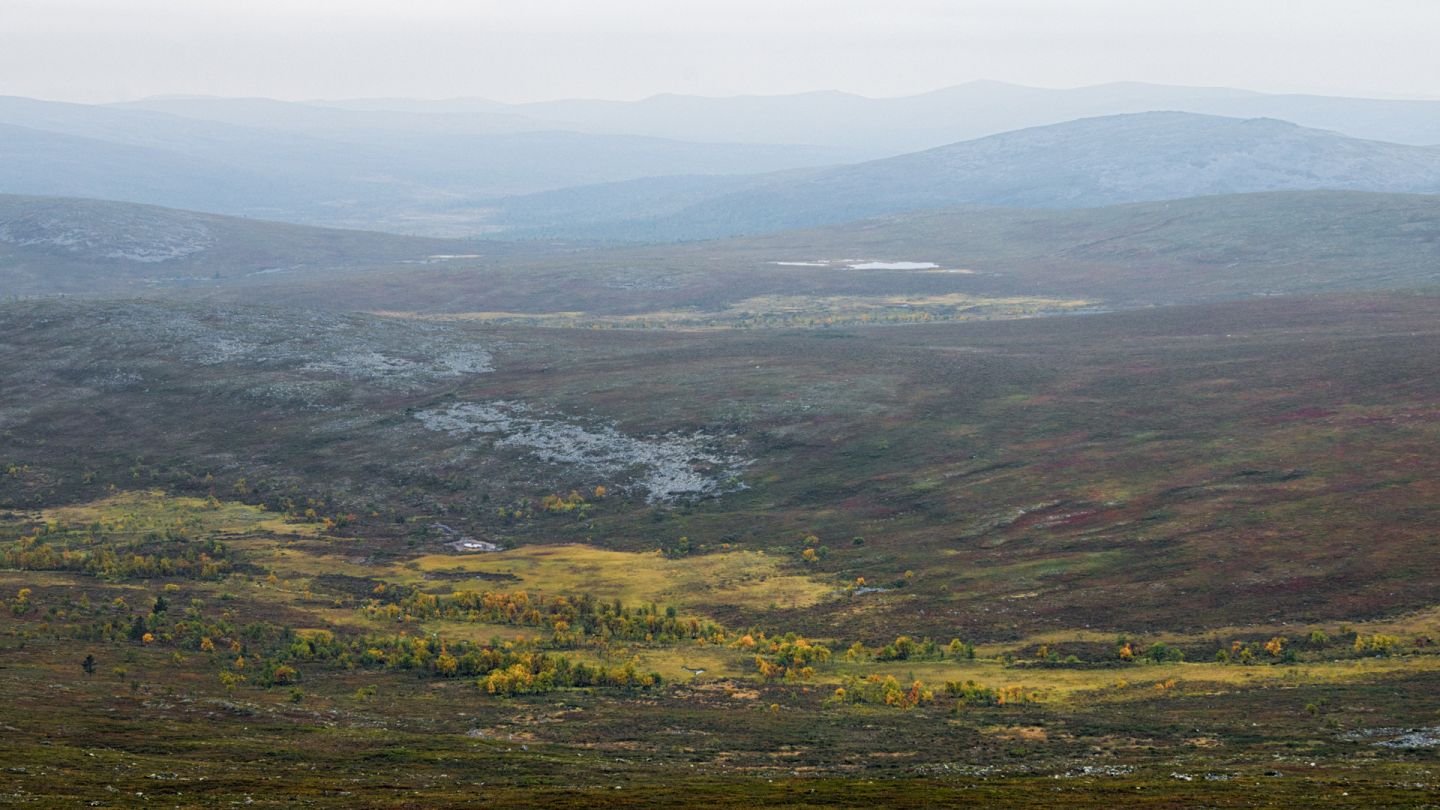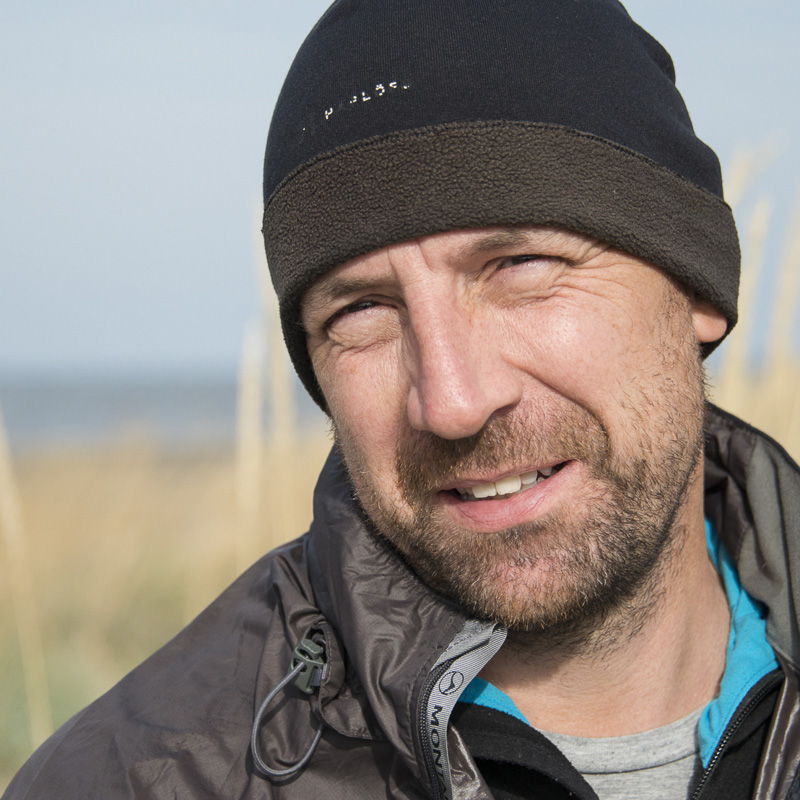We feature a new guest photographer every month, with their top 3 photo picks and professional tips for photographing in Lapland. Our photographer for June 2018 is Mark Roberts.
I grew up in Dover, England, but I’ve been living in Finland now for almost 20 years. I think my first camera was a Kodak Instamatic from the 70s that my mother handed down to me. It was the first step on a path that eventually led me to completing a BA in Photography in the UK. But while studying photography gave me the opportunity to develop my skills and ideas, by the end of the degree, the act of taking photographs became very problematic for me. I found myself challenging every idea and every photograph until I couldn’t take photos any more.
This continued for a few years until I read something in a photography theory book written by David Campany, one of my former lecturers: Shoot first, ask questions later. After reading that I felt as if a huge weight had been lifted, and I decided to pick up my camera again and try to rediscover some of the things that got me into photography in the first place.
I’d always liked landscape photography, and as I lived in Lapland and had an outdoors blog (Backpacking North) which had become quite successful, it seemed natural to tie everything together and start to put more effort into photography for the blog. One of the things readers liked most were the journals from my long-distance trips into the Lapland wilderness, so I began to carry my Nikon with me on my adventures. At first I found carrying a bulky camera a little unwieldy, but after a few trips I developed a simpler carrying system that made the camera easily accessible, and now it comes with me on every trip.
When the blog became a business, photography formed a central part of that in the shape of photo tours that I offered both around Rovaniemi, and deeper in the Lapland wilderness. It was a great way to meet a lot of interesting people, and I really enjoyed showing clients the special places in Lapland, and helping them see and take better photographs.
After 15 years in Lapland, last year I moved to Helsinki. It’s a different landscape here, but nature is never far away wherever you are. It’s just a matter of learning to look, and finding natural beauty hidden in plain sight.
Here are my top 3 pics with tips:
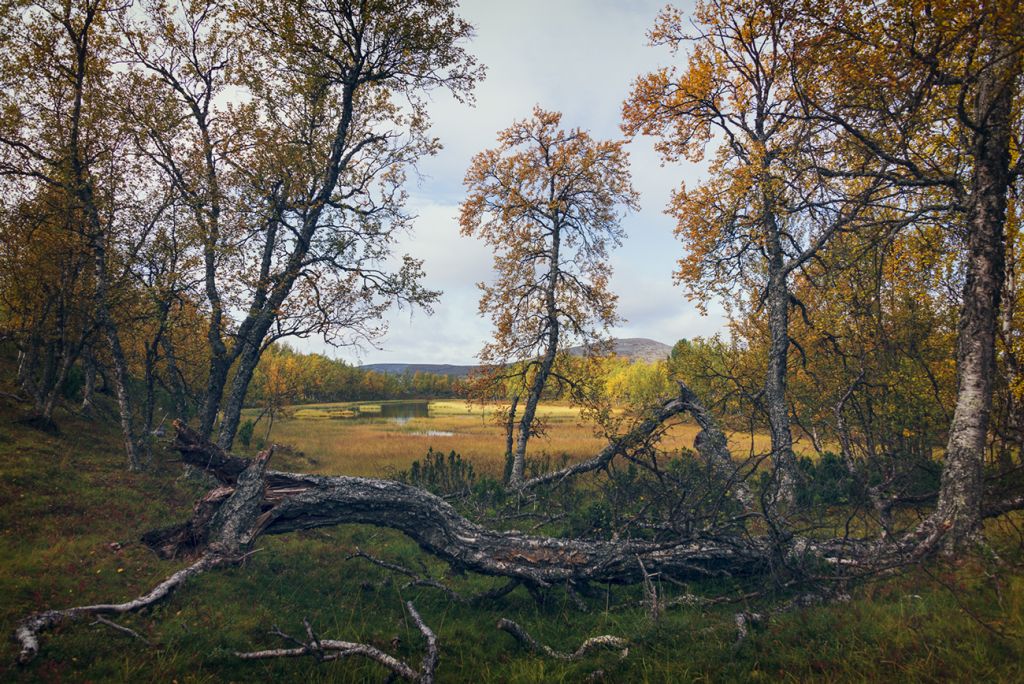
1. BECOME THE LANDSCAPE
I’ve always felt that part of the process of seeing the landscape is becoming part of it. Once you spend a few days walking in the wilderness, your attitude changes and you start to see things differently. You stop worrying about your problems and start to feel like you are part of the landscape you are moving through. This is usually when I start to see potential images appearing; an odd alignment of trees, a splash of colour, a feeling of stepping into a scene that has never been seen before.
Tip: Go where others don’t go. And take your time.
I took this image in Muotkatunturi Wilderness Area, possibly my favourite place to explore in Lapland. You can disappear for weeks and never see another person. There are very few trails, so you’re really on your own. I know that’s not for everyone, but the variety of landscapes and the feeling that you are in a place untouched by people is incredible.
As I walked by a stand of birch trees, something in the alignment of a fallen tree, the golden colours, and the way the branches framed a lake seemed perfect. It was as if it had been arranged for me to find just like that.
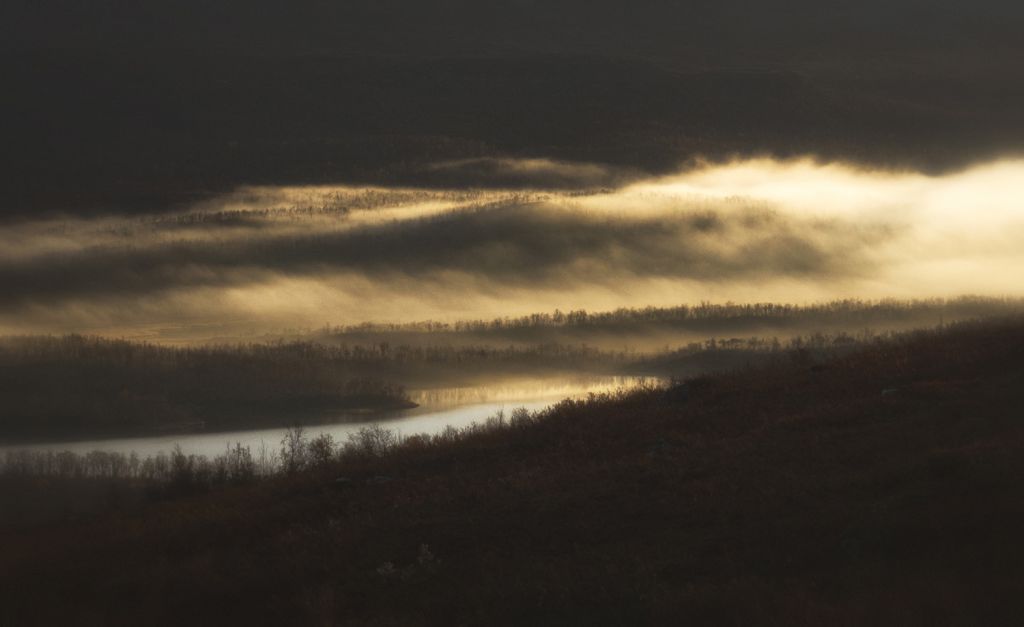
2. THE EARLY BIRD GETS THE WORM
When I’m camping in the wilderness, I find I usually wake up pretty early. This is a great time of day because the cooler climate in Lapland tends to produce really nice weather conditions in the early hours. The cooler temperatures create mists, and the low angle of light from the Midnight Sun coats everything in a warm glow.
Weather is the photographer’s best (and sometimes worst) friend. You don’t always want to be walking for hours in the rain, but the more ”atmospheric” the weather, the more atmospheric the photograph. Bright sunny days don’t always make for the most interesting photos.
Tip: Wake up early to catch interesting weather and light combinations.
A couple of years ago I guided a friend around the Three Borders area where Finland, Sweden, and Norway meet. There’s a huge variety of landscapes in that region, from mountains to mires, plateaus, and beautiful lakes. On the final night of our hike, we made camp a little way above the border point in one of the nicest places I’ve ever found. It was like the garden of Eden. Early in the morning, I felt a little cold so I got up to move around and warm up. Outside the tent, I saw mist drifting along the whole valley below.
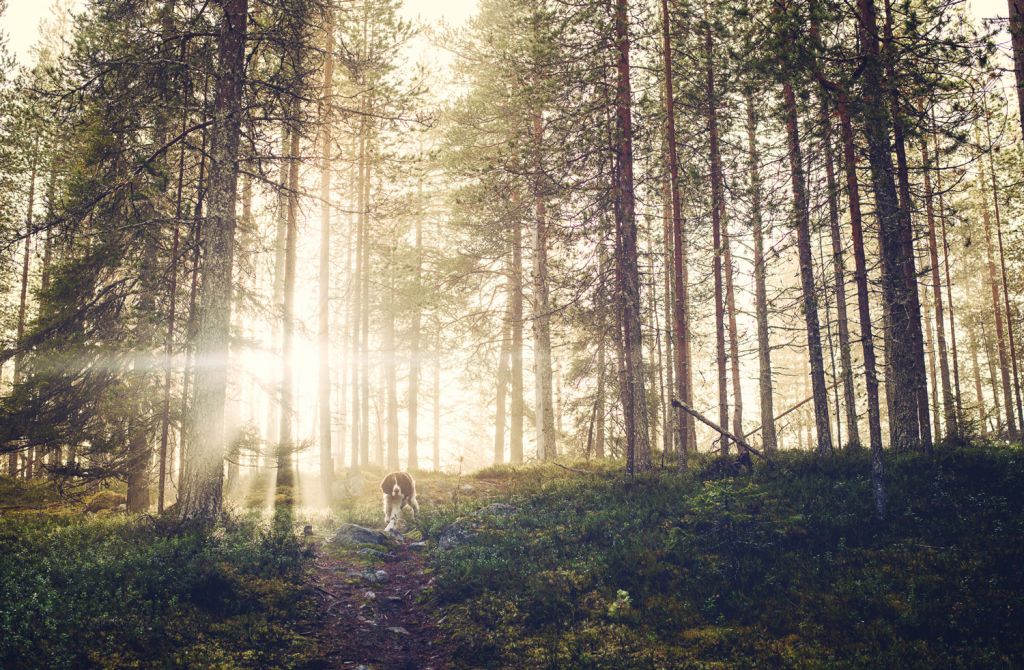
3. LOOK CLOSELY
You don’t always have to go into the deep wilderness to find a good shot. Many of the photography tours I did were within 20km of Rovaniemi – but you don’t even have to go that far. Lapland’s capital is surrounded by nature, and Ounasvaara is just a few steps away from the city center.
There’s another side to this: you also don’t need to seek out the most dramatic vistas and landscapes. It’s really helpful to practice looking closely at whatever is around you. Sit down in the forest and take a close look at the branches, bilberry shoots, mushrooms, and spider webs. You’d be surprised what you can find once you get closer to the earth.
Tip: Embrace the familiar
I took this photo of Rufus, my English Springer Spaniel, during his daily walk one afternoon in Ounasvaara. I’m in the habit of carrying my camera with me whenever I go for a walk in the woods, just in case. On this occasion, a strange mist appeared at the top of the hill, and the sun was beaming through it behind the trees. The light was just spectacular. Rufus is quite old now – he’s a bit deaf and doesn’t see so well, but with a little effort, I persuaded him to run back to me.
It can be challenging to learn to see familiar places with fresh eyes, but it’s a good habit to practice. I’ve often captured images near my home that look like they were taken far away in another country, and friends are amazed when they don’t recognise the locations. It’s fun to find new ways of looking at what you think you know.



